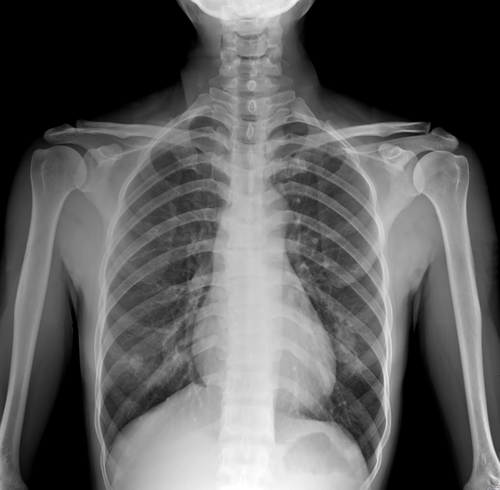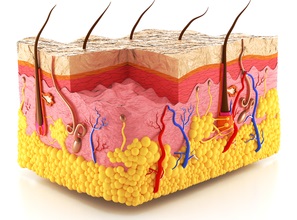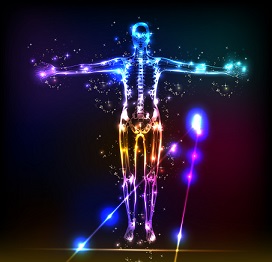The spine is a set of 33 vertebrae and is connected to the brain (the other component of the CNS). There are 3 main functions of the spine: Movement and Flexibility – Since the spine is made up of 33 vertebrae, the spine can flex in every direction. This allows humans to do simple tasks […]
A deep understanding of human anatomy is crucial for providing effective first aid and emergency care. Knowledge of the body’s structures and functions enables first responders, medical professionals, and everyday individuals to assess injuries accurately and deliver appropriate life-saving interventions.
Key Areas of Anatomy Relevant to First Aid
These core anatomical topics are essential for **understanding first aid procedures** and improving emergency response skills:
- 🦴 The Spine – Understanding spinal anatomy helps assess and prevent **spinal cord injuries**.
- 🩸 The Circulatory System – Learn how the **heart and blood vessels** work, crucial for managing **shock and bleeding**.
- 💪 The Muscular System – Essential for treating **sprains, strains, and muscular injuries**.
- 🫁 Aerobic Respiration – Key to understanding **oxygen transport and respiratory issues**.
- 🦵 Common Skeletal Injuries – Covers **fractures, dislocations, and their first aid treatments**.
- 🩹 Skin Anatomy – Understanding **wound healing, burns, and infection control**.
- 🩺 Sickle Cell Anaemia – Learn how this **genetic condition** affects oxygen circulation and emergency response considerations.
- 💀 Knife Wounds – A crucial topic in **trauma first aid and bleeding control**.
- 🦴 Cervical Collars – Understand their role in **immobilising neck injuries**.
- 🫀 Laryngectomies – Critical knowledge for **airway management in post-surgical patients**.
Why Understanding Anatomy is Important in First Aid?
Knowing **how the human body functions** can dramatically improve **first aid response** and **reduce recovery time** for injured individuals. Whether you are a **first aider, healthcare provider, or first responder**, anatomy knowledge helps in:
- ✅ **Identifying injuries quickly** and taking appropriate action.
- ✅ **Minimising further damage** by handling trauma correctly.
- ✅ **Applying the right first aid techniques** with confidence.
- ✅ **Understanding how different systems interact**, aiding in **CPR, airway management, and circulation support**.
Further Your First Aid Knowledge
At **ProTrainings**, we provide expert-led **first aid courses** that incorporate **anatomy-based learning** to enhance **practical skills**. Explore our range of training options:
- 🎓 First Aid & CPR Courses – Learn life-saving skills based on **anatomy principles**.
- 🛒 First Aid Equipment & Training Supplies – Get the right tools to enhance **your emergency response skills**.



